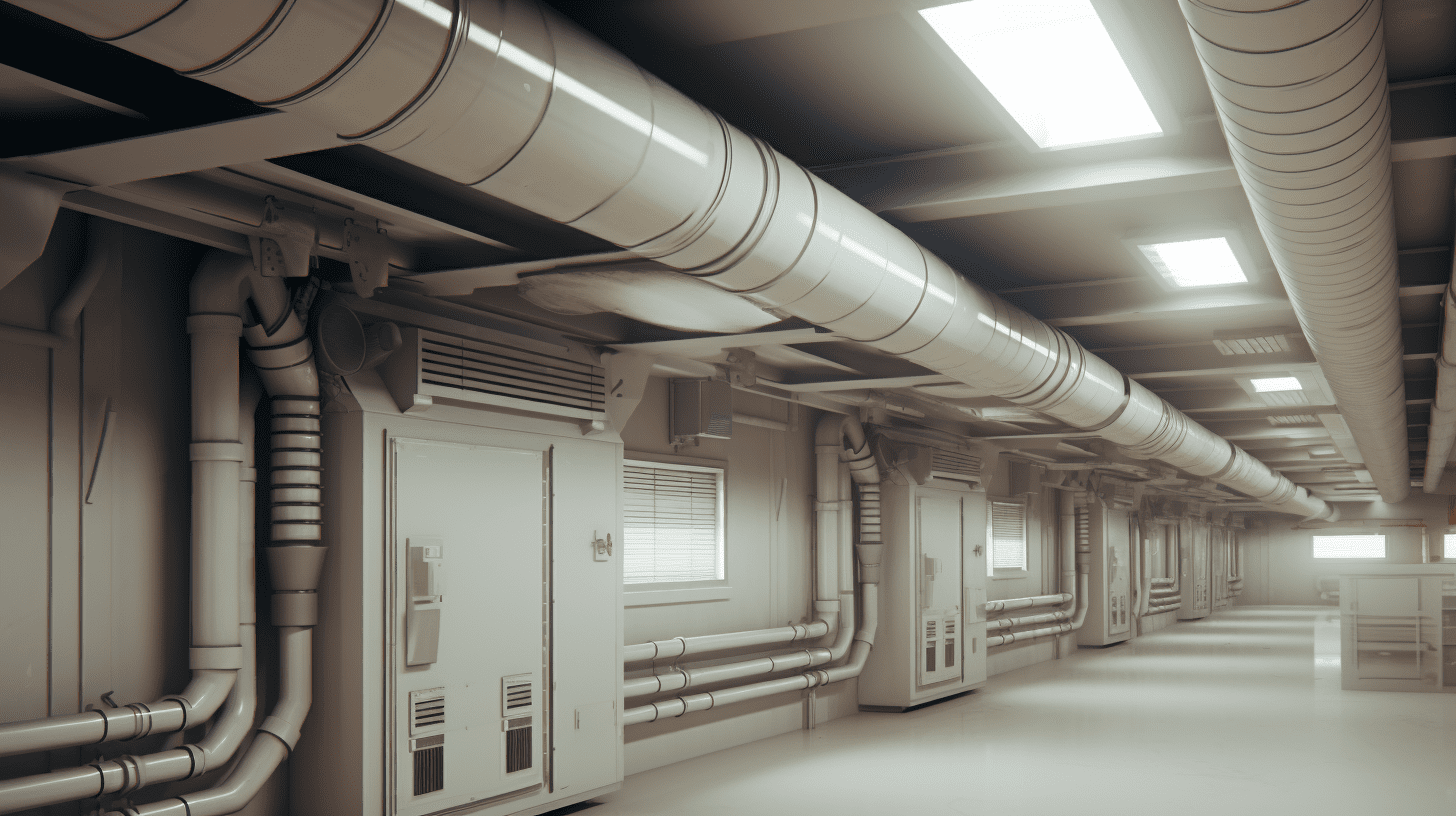In an era where indoor air quality is of paramount concern, the pivotal role of technology in maintaining healthy living environments cannot be understated. Among the various facets of indoor air quality management, cleaning and maintaining air ducts emerge as a critical endeavor. Enter the world of innovative solutions where computers and cutting-edge technology intersect to revolutionize how air ducts are cleaned. From robotic systems navigating labyrinthine duct networks to advanced imaging techniques revealing hidden contaminants, join us as we unravel the transformative impact of computational advancements on cleaning air ducts, ushering in a new era of cleaner, healthier indoor spaces.
1. Robotic Inspection and Cleaning
Robotic inspection and cleaning involve computer-controlled robots with cameras, brushes, and vacuums navigating intricate air duct systems. These robots access difficult-to-reach areas and perform thorough cleaning, enhancing precision and efficiency. This technology ensures consistent and effective cleaning by minimizing human involvement in challenging spaces, leading to improved indoor air quality and HVAC system performance.
2. Data Analysis and Reporting
Data analysis and reporting involve computer software to process information gathered during air duct inspections. This software interprets visual data, measurements, and other relevant information to create detailed reports on the condition of the air duct system. These reports offer insights into the level of debris accumulation, potential issues like mold growth or structural damage, and overall cleanliness. By relying on computer-generated data analysis, they can accurately identify problem areas, prioritize cleaning efforts, and ensure the cleaning process is thorough and effective. This approach streamlines decision-making, enhances the efficiency of air duct cleaning, and contributes to improved indoor air quality and system performance.
3. Simulation and Modeling
Computer simulation and modeling involve creating virtual representations of air duct systems using specialized software. These digital models allow technicians to visualize the ductwork layout and structure, aiding in identifying potential problem areas. The simulation software can predict airflow patterns and potential blockages by inputting factors such as duct dimensions, airflow rates, and potential debris buildup. This information helps technicians develop optimized cleaning strategies that target specific areas of concern.
4. Remote Monitoring and Maintenance
Remote monitoring and maintenance involves computerized systems integrated into HVAC setups that track air quality, temperature, and humidity. The system continuously monitors these factors and alerts users when air ducts require cleaning or maintenance. This real-time monitoring optimizes energy efficiency and indoor air quality by ensuring timely interventions, helping prevent excessive debris buildup, and maintaining a healthier environment.
Integrating computers and advanced technology has revolutionized cleaning air ducts, significantly improving indoor air quality and overall environmental well-being. The various ways computers are employed in this task have enhanced the efficiency and accuracy of cleaning processes and introduced a higher level of safety for both workers and building occupants. In pursuing cleaner and healthier indoor environments, the fusion of computers and air duct cleaning is a testament to human ingenuity. Through continued research, technological advancements, and interdisciplinary collaboration, we can look forward to breathing fresher air and reaping the rewards of a cleaner and safer living and working environment for generations.



































